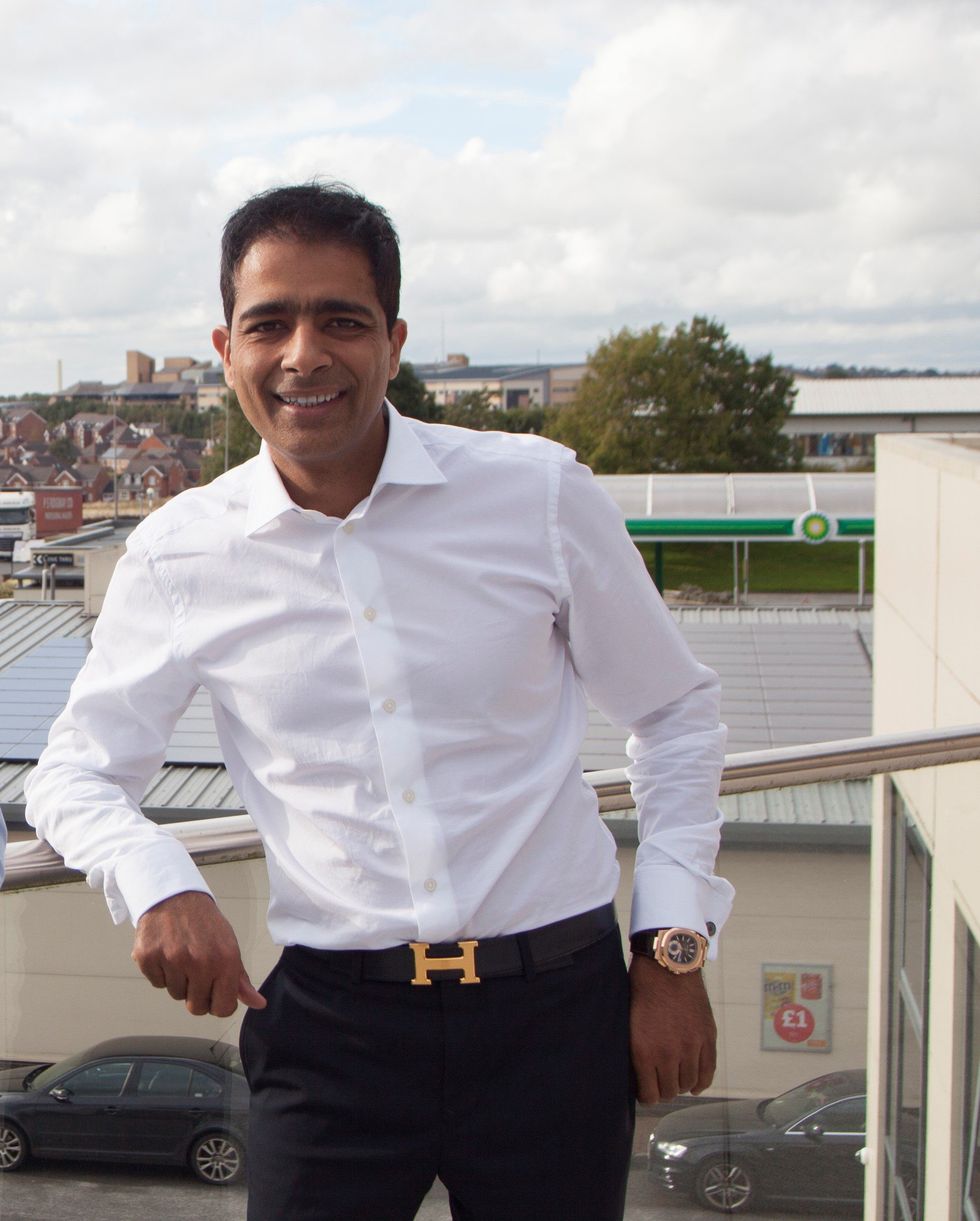WHEN Rishi Sunak became prime minister, TV and radio programmes asked for my thoughts. In almost every interview, I said this was our Barak Obama moment, but Sunak would be seen through a different lens from any of his prime ministerial predecessors. He was the first person of colour in Britain’s top political post, and I said he’d be judged that way. Sunak, and his fellow south Asians and African colleagues, may not want to believe that. Polite white society definitely won’t believe that. But my lived experience tells a different story, and ultimately that is how hackademics, like me, often begin our hypotheses.
I was reminded of this when I watched MPs on the business select committee grill Mohsin Issa, the boss of Asda. To be clear, he didn’t do himself any favours. His team failed to prepare him properly. Issa came across as shifty, suspicious and stumbled his way through examination. The MPs came across as entitled, arrogant and had already made up their minds – Issa was guilty of profiteering during the cost of living crisis.

In that 30-minute examination, they proved my theory that parliamentarians aren’t the best people to question industry leaders. You can be as cynical, coercing and calculating as you like from behind the power of parliament, but unless you have run a multi-million, never mind, multi-billion, pound empire, you have no right to criticise, sneer or decide whether someone is a crook. And they failed in an exchange where they asked Issa “did you target increased margins on fuel, yes or no?”
Issa looked askance, as if he couldn’t believe the stupidity of the question. He had to school MPs in simple business and economics, “It is not a one-word answer question, is it? If it was a fuel business, I could answer yes or no,” he said. Even then the light bulb failed to light in their rash, unintelligent and pompous heads. The MPs scented blood, and they continued their relentless bullying, and that’s when my respect, support and tolerance evaporated.
I’m a sole trader, and I am not in Issa’s league, further I’d be the first person to say I have a lot to learn. But one thing I do get is that prices are set by the market. I can only sell something at a price the consumer will pay. As academics De Toni et al., wrote in their peer reviewed 2016 paper, “Based on the innovation economy, it can be inferred that a higher level of competition in the market encourages companies to innovate; therefore, they do their best to increase their performance.” Tim Stobierski, writing for the Harvard Business Review, puts it in words a four-year-old should understand, “By increasing your customers’ willingness to pay for your products or services, you can raise your prices without reducing your customers’ excitement about purchasing. This enables you to boost revenue and enjoy a greater profit margin while driving customer satisfaction.” That’s why Issa banged on, quite rightly about how he is responsible for “a holistic strategy”, and that “the market controlled the margins.” The Asda boss couldn’t have been clearer when he said, “We set the price, and then others have an opportunity to undercut us.”
It got worse. One MP tried to prove that Issa was out of touch, and that he didn’t deserve his success because he didn’t understand how his customers were feeling. Issa’s response was spine-tingling. “I grew up in a two up, two down house, sir, and I go there every week to visit my family and friends,” he said. “My mum still lives in that same neighbourhood. I do understand the plight of these customers.”
The MP was outraged. “I think people will swallow that quite bitterly,” retorted Jonathan Gullis. “I accept, Mr Issa, that you come from a background where you can empathise and understand the people that all of us on this committee represent, but when they see the private jets and gas-guzzling cars, and when they see the money not being passed on in savings to consumers at the pump, they are rightly going to be angry, and I was very angry to be misled in the committee.”
Coming from a Tory MP, whose party worships capitalism and people who are successful, that sounded rich. Later that evening, the Labour chair, Darren Jones, took to social media and edited Issa’s comments, in my honestly held opinion, to make him look inept, shady and a latter day Peter Rachman. As I was watching, I grew more disappointed because the same question ran through my head. When will white people get that not all brown folk are crooks? Sometimes there isn’t a conspiracy. Sometimes we are victims of coincidence and happenstance.
History is written by the victor. I predict we will see Issa described as an unreliable witness who obfuscated and didn’t answer the committee’s questions. In reality, it is the committee, which lacked a basic understanding of business and innovation which was truly at fault. Lord help us from armchair critics who rely on the public purse for a living.



















